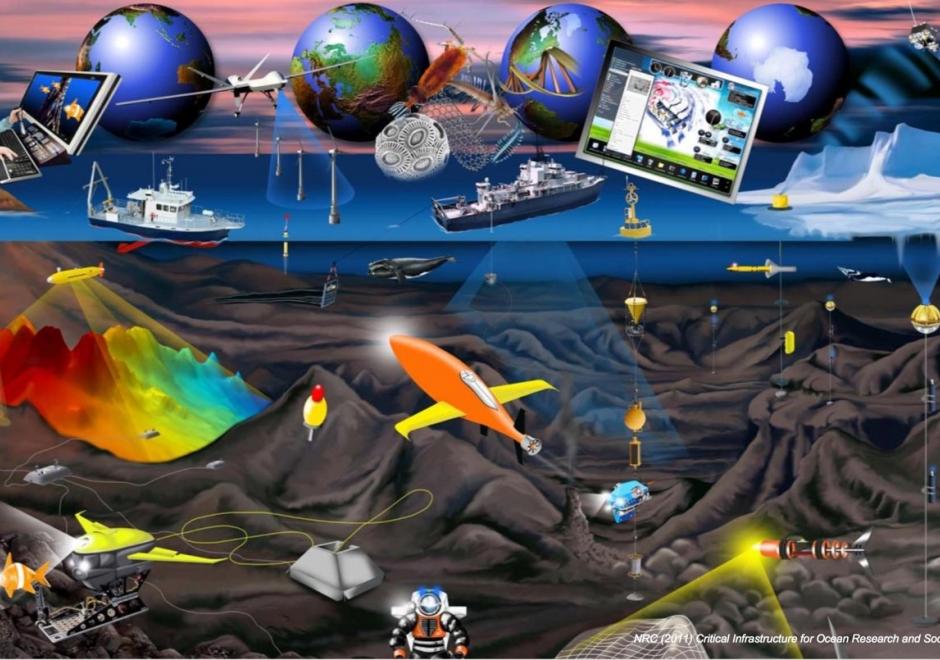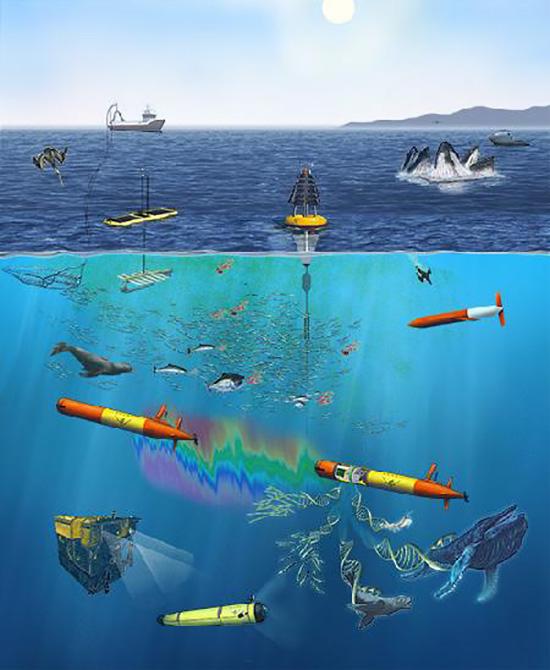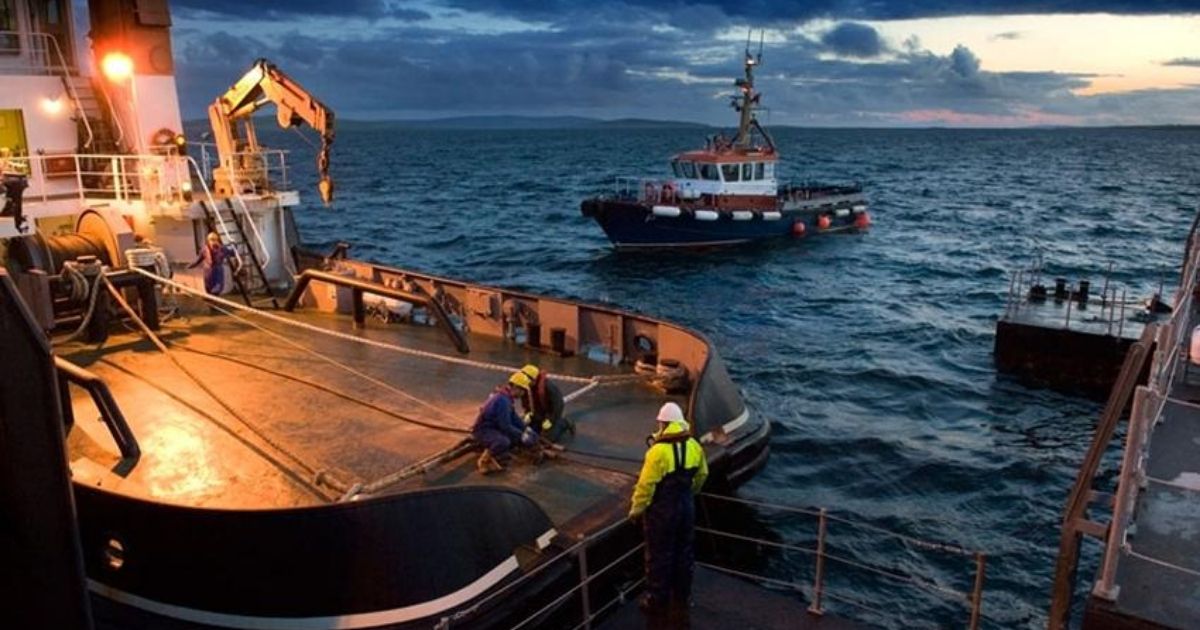
Introduction
The potential of the ocean for renewable energy generation is immense, and the development of the ocean energy industry is vital for a sustainable future. This article explores the significance of 2025 and beyond as a vision for the ocean energy industry. By harnessing the power of waves, tides, ocean thermal energy, and floating offshore wind, we can transform our energy systems and reduce our reliance on fossil fuels.
Historical Background
The ocean energy industry has a rich history that dates back to early experiments with wave and tidal power. Over the years, significant advancements have been made, driven by research, government policies, and global initiatives. These advancements have paved the way for innovative technologies capable of tapping into the vast energy potential of our oceans.
Key Concepts and Definitions
To understand the vision for the ocean energy industry, it is crucial to define key terms and concepts. Wave energy refers to the capture of energy from ocean waves, while tidal energy harnesses the power of the tides. Ocean thermal energy conversion (OTEC) utilizes the temperature difference between warm surface water and cold deep water to generate electricity. Floating offshore wind involves wind turbines installed on floating platforms in deeper waters. Each of these technologies has its own working principles and potential for contributing to a sustainable energy future.

Main Discussion Points
Advantages and Potential of Ocean Energy
One of the main advantages of ocean energy is its environmental benefits compared to conventional energy sources. Unlike fossil fuels, ocean energy is renewable, emits minimal greenhouse gases, and has a low carbon footprint. This makes it a crucial component in reducing global carbon emissions and mitigating climate change. Additionally, the ocean energy industry presents significant economic opportunities and job creation potential, contributing to sustainable development and economic growth.
Technological Innovations and Breakthroughs
Recent years have witnessed remarkable advancements and breakthroughs in ocean energy technologies. Researchers and engineers have been working tirelessly to develop more efficient and cost-effective devices for harnessing ocean energy. These innovations are crucial in making ocean energy a viable and competitive source of renewable energy. Research and development play a pivotal role in driving these technological advancements, with collaborations between academia, industry, and government agencies.
Integration and Grid Connectivity
Integrating ocean energy into existing power grids poses unique challenges but also offers opportunities for a more reliable and resilient energy system. Combining ocean energy with other renewable sources, such as solar and wind, can create a diverse energy mix that can better withstand fluctuations in supply and demand. To fully utilize the potential of ocean energy, the development of smart grid technologies is essential. These technologies enable efficient distribution and utilization of energy generated from the ocean.
Case Studies or Examples
Real-world examples and case studies provide valuable insights for the ocean energy industry. Successful projects, such as the MeyGen tidal stream project in Scotland, showcase the potential of ocean energy on a large scale. These case studies offer lessons learned and best practices that can guide future developments and investments in the industry.

Current Trends or Developments
The ocean energy industry is experiencing rapid growth, with notable trends, developments, and research findings. Investment in ocean energy projects is increasing, and governments worldwide are implementing supportive policies and regulations. Notable projects and initiatives are taking place in different parts of the world, demonstrating the global interest and commitment to the ocean energy industry.
Challenges or Controversies
While the ocean energy industry holds great promise, it also faces challenges and controversies. One of the main challenges is the potential environmental impact on marine ecosystems. Deploying ocean energy devices can potentially disrupt marine habitats and ecosystems, requiring thorough environmental assessments and mitigation strategies. Regulatory and legal challenges associated with deploying these devices in coastal areas also need to be addressed to ensure the sustainable and responsible growth of the industry.

Future Outlook
Looking ahead, the future of the ocean energy industry appears promising. With continued government support, research and development efforts, and international collaborations, the industry is poised for further growth and expansion. Scaling up ocean energy projects and achieving cost competitiveness are the key goals for the future. By realizing this vision, we can drive the transition to a sustainable energy future and contribute to global efforts in combating climate change.
Conclusion
In conclusion, 2025 and beyond hold great potential for the ocean energy industry. By harnessing the power of waves, tides, ocean thermal energy, and floating offshore wind, we can revolutionize our energy systems and contribute to a sustainable future. The industry’s growth is driven by technological innovations, government support, and collaborations across sectors. However, challenges such as environmental impacts and regulatory obstacles need to be addressed. The vision for the ocean energy industry is crucial in our transition to renewable energy sources and sustainable development.
References
Smith, J. A. (2020). Ocean wave energy conversion. Elsevier.
Bryden, J., & Couch, S. J. (2017). Ocean energy: Technology, deployment and environmental impacts. Elsevier.
Ocean Energy Europe. (2021). Annual report 2020. Retrieved from [insert URL]
International Renewable Energy Agency (IRENA). (2019). Ocean energy. Retrieved from [insert URL]




